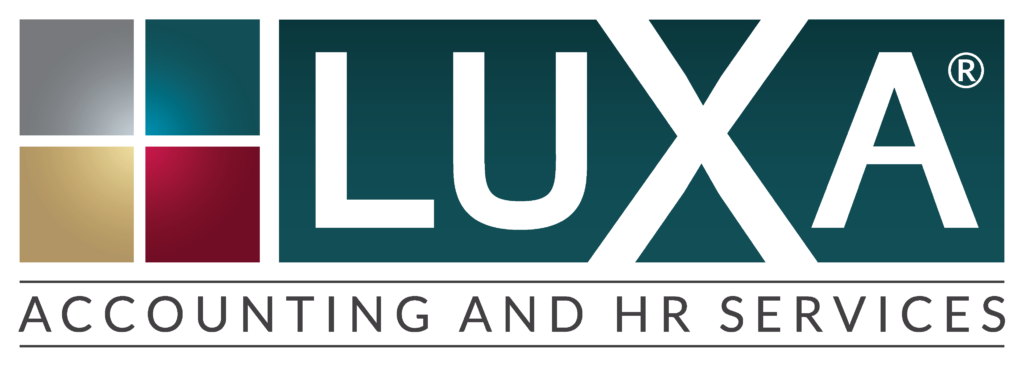Bookkeeping advice for small business owners
One of the keys to successful small business bookkeeping is accurately capturing and analyzing the results of your Company’s operations. While there are virtually unlimited reports and metrics available, it is easy to lose sight of the “big picture” by diving too deeply into the transactional data generated from day to day in your bookkeeping tasks. For the Company’s decision makers, it is generally better to focus on a relatively small number of key metrics and reports, as they will highlight underlying trends that have a significant impact on your long term success and profitability. Performance metrics may vary, depending on industry standards or past performance. Reporting, however, is typically more standardized, allowing users to compare and analyze businesses across industries and markets.
Three reports that are essential to nearly every business
The Balance Sheet
To assess the long-term health of an enterprise, financial statement users look to the balance sheet. It provides a bounty of information about the relative financial health of a company. Designed around the basic accounting principle that Assets = Liabilities + Equity, the balance sheet provides the building blocks for meaningful analysis using ratios and trends. With it, you can evaluate a company’s ability to meet current obligations by calculating their Working Capital or Current Ratio. You can measure turnover statistics for accounts receivable and inventory to assess how efficiently you are managing key assets. The Debt to Equity ratio measures financial leverage and indicates how dependent the company is on financing from creditors. While these are just a few of the statistics that balance sheet analysis provides, they are invaluable to understanding the strengths and weaknesses of your operation. Although the balance sheet represents a moment in time, most will also include data from previous periods to facilitate comparison and give insight into long-term trends.
The Income Statement
While the balance sheet contains evidence of long-term financial health, the income statement reflects performance over a specific period of time. Commonly, the income statement is compiled monthly, quarterly, and annually to track profitability relative to previous periods or to a financial budget. It includes revenues, expenses, and non-operating gains and losses which result in net income (profit) for the defined period. Like the balance sheet, income statement data can be used to calculate basic financial ratios to track performance and can help develop strategies for growth and improvement. The income statement can also be broken down further to evaluate the performance of divisions, departments, or product lines. This type of data will identify your high-performers and those in need of further evaluation.
Over time, income statement results dictate trends crucial to your business:
- Is the company experiencing growth?
- Are you gaining or losing market share?
- Is your pricing strategy keeping pace with costs?
- Are expenses for material, labor or overhead out of control?
- Perhaps most importantly, how do your revenue and expenses compare to your budget?
Since budgets are based on history, expectations, and forecasts, you can use income statement results to determine where you were right, where you were wrong, and what internal or external forces are driving your results.
The Accounts Receivable Aging Report
The balance sheet and income statement provide highly summarized information, aggregating results over time. Of course, it is also important to manage the processes and transactions underlying those results. Most entities of any size or complexity rely on short-term credit to finance day to day operations. They take advantage of credit terms with vendors to acquire the materials and resources needed, and they extend credit to customers to facilitate sales. While your company has a significant amount of control over the timing of cash disbursements for payables, it has less control over when customers remit balances due. Managing both sides of this equation are imperative to positive cash flow and short-term liquidity. An accounts receivable aging report is perhaps the most important tool for managing the influx of cash, thereby funding current and future operations and eliminating excess borrowing.
In managing receivables, two key principles stand out.
- First, even though the company may recognize revenue for a sale when their performance obligation has been satisfied, the revenue cycle isn’t complete until payment is received. Bad debts will offset future earnings when they are reserved.
- Second, the longer a receivable is outstanding, the less likely it is to be collected. The accounts receivable aging report provides a roadmap to focus your collection activities and manage your customer base. Collections personnel should generally pursue the oldest receivables first, as the prospect of getting paid deteriorates over time. Also, when customers do not pay promptly or you have continued difficulty collecting, it is an indication that it may be time to re-evaluate the terms of sale or credit line you have assigned to them.
To get more helpful bookkeeping tips visit our blog where we discuss this and more on Tulsa bookkeeping.
Analyzing Financial Data via photopin (license)” target=”_blank”>Photo Credit



